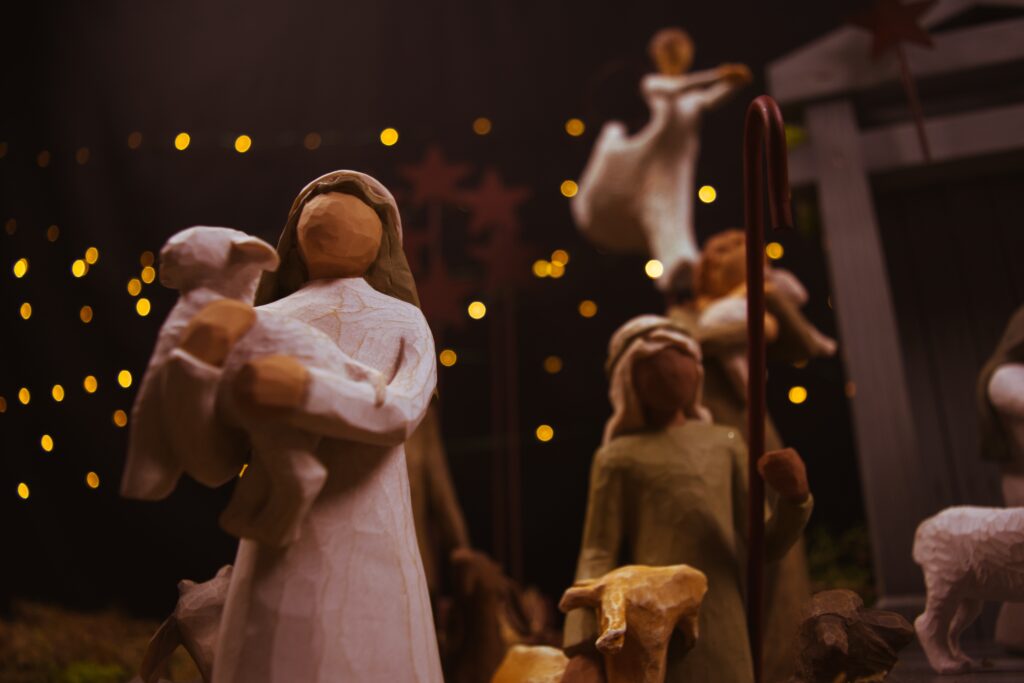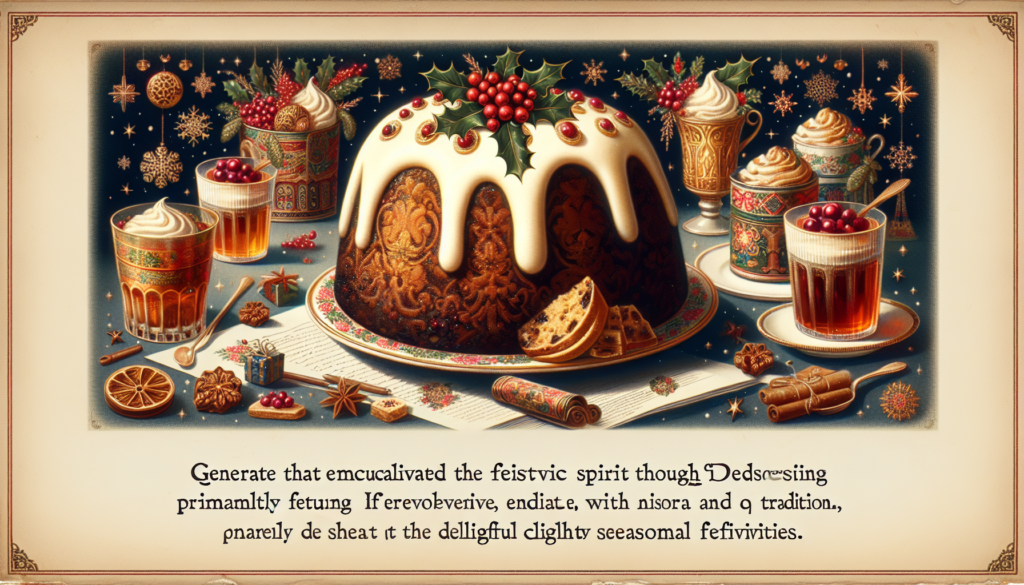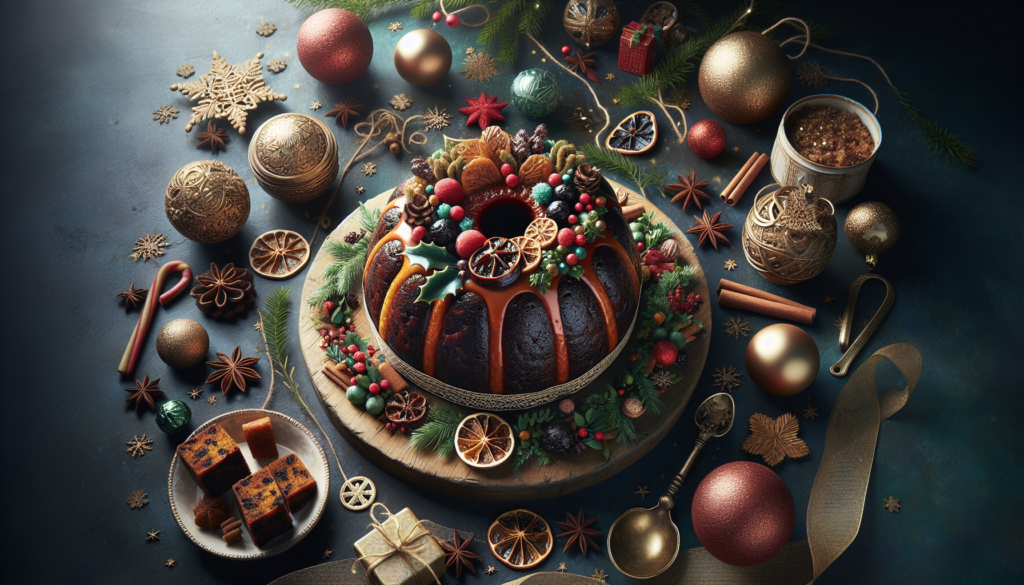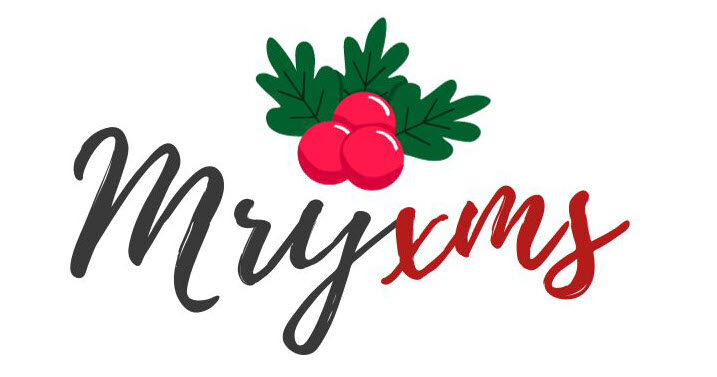Get ready to take a nostalgic journey through the centuries as we uncover the fascinating history of Christmas pudding and other mouthwatering festive desserts. From the origins of the beloved Christmas pudding to the decadent delights enjoyed during the holiday season, this article unravels the captivating stories behind these traditional treats. Delve into the past and discover how these desserts have evolved over time, adding a rich and delicious touch to our festive celebrations. So grab a seat, grab a cup of hot cocoa, and prepare to indulge in the sweet tales of Christmas past.

Origins and History of Christmas Pudding
Earliest Beginnings of Christmas Pudding
The origins of Christmas pudding can be traced back to ancient times, long before the Christian era. It is believed that the concept of a rich, fruity dessert was inspired by plum porridge, a dish popular in Roman times. Plum porridge was made by combining dried fruits, spices, and grains, and it was often eaten during special occasions and religious festivals.
Evolution and Significance in Medieval England
During the medieval period, Christmas pudding began to take shape as a distinct dessert. The recipe evolved gradually and included additional ingredients such as breadcrumbs, suet, sugar, and alcohol, giving the pudding its dense and rich texture. This dessert gained popularity in England, especially during the 14th and 15th centuries, where it became an integral part of the Christmas feast. It was often referred to as ‘plum pudding’ due to the abundance of plums and other dried fruits.
The significance of Christmas pudding in medieval England extended beyond its delicious taste. The pudding was often made weeks in advance, and families would gather to take turns stirring the mixture. This act of stirring was not only a way to ensure all the ingredients were well mixed but also carried a sense of togetherness and anticipation for the upcoming festivities.
Victorian Era and Its Influence
The Victorian era, known for its love of elaborate celebrations, played a significant role in shaping the modern-day Christmas pudding. Queen Victoria’s fondness for this dessert further solidified its status as a Christmas tradition. The recipe gained more complexity with the addition of spices like cinnamon and nutmeg and the inclusion of treacle or molasses. The suet used in earlier versions was also increasingly replaced with butter, making the pudding more palatable to the Victorian taste.
The Victorian influence also saw the introduction of a unique tradition associated with Christmas pudding – the inclusion of small objects, often referred to as ‘lucky charms,’ hidden within the pudding. These objects, such as coins, rings, and thimbles, were said to bring good fortune to the person who found them in their serving. This tradition added an element of excitement and surprise to the already beloved dessert.
Key Ingredients and Symbolism in Christmas Pudding
Traditional Composition
The traditional composition of a Christmas pudding is a delightful blend of flavors and textures. It typically includes a mixture of suet, breadcrumbs, flour, sugar, eggs, and a generous helping of dried fruits such as raisins, currants, and candied peel. The pudding is also infused with the warming spices of cinnamon, nutmeg, and allspice, which create a comforting and aromatic experience.
Lucky Items Inside the Pudding
One of the most intriguing aspects of Christmas pudding is the inclusion of lucky items within the mixture. These symbolic objects carry various meanings and customs. For example, finding a coin is said to symbolize good fortune and prosperity for the coming year, while discovering a ring signifies an impending marriage or a year filled with love and happiness.
The presence of these lucky items adds an element of fun and anticipation to the Christmas pudding tradition. As families gather around the table to enjoy the dessert, there is an excited anticipation of who will find the prized trinkets in their serving.
Flaming the Pudding – Its Meaning
Flaming the Christmas pudding has become a dramatic and traditional part of the dessert’s preparation. When it comes time to serve the pudding, a small amount of brandy or rum is poured over the pudding and set alight. The blue flames that dance atop the pudding create a festive spectacle.
Beyond its visual appeal, the act of flaming the pudding holds symbolic significance. The flames represent the light of Christ, who is often associated with the winter solstice and the birth of new beginnings. It is a way of bringing warmth and light to the dark winter season and signifies the joy and hope that the Christmas season brings.
Making and Storing the Christmas Pudding
‘Stir-Up Sunday’ – The Start of Christmas Pudding Preparation
The making of a Christmas pudding traditionally begins on ‘Stir-up Sunday,’ which falls on the last Sunday before Advent. This day holds great significance as it marks the start of the Christmas season and denotes the time to prepare the beloved pudding. Families gather together to mix the ingredients, taking turns to stir the mixture clockwise while making a wish.
Storing and ‘Feeding’ the Pudding
After the pudding is thoroughly mixed and steamed, it is crucial to store it correctly to enhance its flavor and texture. Once cooled, the pudding is wrapped tightly in a cloth and left to mature for several weeks. During this time, the pudding is ‘fed’ with a small amount of brandy or other spirits at regular intervals. This feeding process ensures the pudding remains moist and indulgent, intensifying the flavors and contributing to its richness.
Serving the Christmas Pudding
When it’s time to serve the Christmas pudding, the cloth is carefully unwrapped, and the perfectly steamed dessert is unveiled. Traditionally, it is brought to the table in all its glory while the room is dimly lit. The pudding is often accompanied by a rich sauce, such as brandy butter or a velvety custard, which complements its sweetness.
As each person is served, a moment of silence is observed, allowing all to make a wish before indulging in this centuries-old treat. The first spoonful of Christmas pudding is a delightful blend of soft, moist texture intermingled with the warm embrace of spices and the fruitiness of the dried fruits.
Modern Variations of Christmas Pudding
Vegetarian and Vegan Versions
In recent years, there has been a growing demand for vegetarian and vegan-friendly versions of Christmas pudding. These variations use plant-based alternatives such as vegetable suet, coconut oil, or mashed bananas to achieve a similar texture and richness. The traditional ingredients, such as dried fruits and spices, remain essential, ensuring these modern adaptations retain the nostalgic flavors of the classic Christmas pudding.
Lite and Low-Sugar Puddings
Another adaptation of the Christmas pudding is the creation of lite and low-sugar options. These variations cater to individuals who are conscious of their sugar intake or dietary restrictions. Instead of the traditional suet, these versions use reduced-fat alternatives like yogurt or applesauce. The sweetness comes from natural sources like dates or fruit juice, providing a healthier alternative without compromising the indulgent flavors.
Luxury Christmas Puddings
For those who seek a truly decadent experience, luxury Christmas pudding options are available. These premium versions elevate the traditional recipe by incorporating extravagant ingredients such as Belgian chocolate, prunes soaked in brandy, and macerated cherries. These indulgent additions enhance the depth and complexity of flavors, creating a memorable and luxurious Christmas dessert.

History and Evolution of Mince Pies
Work of Monasteries in its Inception
The history of mince pies can be traced back to the medieval period when they were initially created as a savory dish. The early versions of mince pies were filled with a mixture of finely chopped meat, suet, spices, and dried fruits. These pies were often part of religious feasts and were favored by monks and nobility alike. The spices used, such as cinnamon, nutmeg, and cloves, were believed to symbolize the gifts brought by the Three Wise Men.
Transition from Savory to Sweet
Over time, the ingredients of mince pies gradually transformed, shifting from savory to sweet. The inclusion of meat began to diminish, making way for more dried fruits, suet, and sugar. The spices remained a vital element, infusing the pies with the warm and aromatic flavors associated with the festive season. This transition in fillings made mince pies more accessible to a wider range of people who preferred sweet treats during the Christmas season.
Modern Variations and Popular Recipes
In modern times, mince pies have become synonymous with Christmas in many parts of the world. The filling typically consists of a mixture of dried fruits such as raisins, currants, and sultanas, combined with suet or vegetarian alternatives. Sweeteners such as brown sugar, honey, or maple syrup are added, along with a blend of spices that create a fragrant and delicious mixture. The filling is then encased in buttery pastry, with various decorative patterns adorning the top crust.
Different recipes and variations of mince pies have evolved over time, influenced by cultural and regional preferences. Some prefer using brandy or even Guinness stout to moisten the dried fruits, while others may add finely chopped nuts for added texture. These variations contribute to the vast array of mince pie flavors and make them a versatile and cherished dessert during the holiday season.
Significance of Fruitcake in Christmas Traditions
Origins and Early Recipes
Fruitcakes have a long and storied history that stretches back centuries. The use of fruit in cakes can be traced back to ancient Egypt, where dried fruits were mixed with honey and baked into cakes. As trade routes expanded, the popularity of fruitcakes spread throughout Europe, and each region adopted its own variations and traditions.
Early fruitcake recipes often relied on preserved fruits and nuts, as these ingredients were readily available and had a long shelf life. The fruits were often soaked in liquids such as brandy or rum, which not only added flavor but also acted as a natural preservative.
Crossing the Atlantic and Adaption in America
The fruitcake tradition made its way across the Atlantic to America, where it was further adapted to reflect the regional tastes and available ingredients. However, it was during the 19th and early 20th centuries that fruitcake became synonymous with the holiday season in America. The cakes were popular as gifts, often meticulously wrapped and shared among friends and loved ones.
Modern Impressions and Variations
In recent times, fruitcake has often been the subject of jokes and even ridicule due to its dense texture and boozy reputation. However, artisanal bakers and chefs have brought a resurgence to the social perception of fruitcakes, showcasing their full potential for flavor and artistry.
Modern variations of fruitcake now include a wide range of combinations, incorporating unique ingredients such as exotic spices, liqueurs, and even chocolate. The density and richness remain, ensuring that each slice is a true indulgence during the holiday season. Whether enjoyed alone or combined with a generous dollop of whipped cream or a scoop of vanilla ice cream, fruitcake continues to be a cherished tradition for many during Christmas.

Stollen – A Traditional German Christmas Treat
Origins in Saxon Royal Feasts
Stollen, also known as Christstollen, is a traditional German Christmas treat that originated in the 14th century. It traces its roots back to Dresden, where it was created as a festive bread to celebrate the Christmas season. The earliest versions of Stollen were simple bread loaves made with flour, water, and yeast, and flavored with nuts and dried fruits.
Over time, Stollen became associated with Saxon royal feasts, where it evolved into the delicious and decadent treat known today. The bread was enriched with butter, milk, sugar, and a medley of spices, transforming it into a rich and luxurious Christmas delight.
Adoption and Evolution Across Germany
As Stollen gained popularity, it spread beyond Dresden and became a cherished Christmas tradition throughout Germany. Each region developed its own variations, incorporating local ingredients and techniques. Marzipan, a sweet paste made from ground almonds and sugar, became a popular addition, adding a luscious layer of sweetness and texture to the bread.
Today, Stollen continues to be a beloved part of German Christmas celebrations. Authentic Dresden Stollen holds a protected designation of origin, ensuring that only specific bakeries in Dresden can carry the official title. However, variations can be found throughout Germany, each with its unique twist on the classic recipe.
Modern-Day Stollen and Popular Variations
In modern times, Stollen has evolved to cater to a variety of preferences and dietary requirements. Various adaptations include gluten-free versions, vegan alternatives, and even Stollen with added chocolate or marzipan fillings. These modern variations allow more people to enjoy the flavors and traditions associated with Stollen, ensuring that it remains a cherished part of Christmas celebrations for generations to come.
Panettone – Italy’s Christmas Sweet Bread
Medieval Beginnings and Legends
Panettone, a sweet bread synonymous with Italian Christmas celebrations, has a history dating back to medieval times. Legend has it that the bread was created in Milan by a young nobleman named Ughetto degli Atellani. Ughetto fell in love with Adalgisa, a baker’s daughter, and disguised himself as a baker’s apprentice to be near her. To impress her father, he invented a rich and fruity bread, which became the foundation of panettone.
Traditional Baking Process
Authentic panettone is made using a slow and meticulous process, ensuring the bread’s unique texture and flavor. The dough is enriched with eggs, butter, and sugar, providing a delicate crumb and a rich taste. Dried fruits such as raisins and candied citrus peel are folded into the dough, giving panettone its signature burst of flavors.
The baking process involves multiple rises, resulting in a tall, dome-shaped loaf with a light and airy texture. Traditionally, panettone is baked in paper molds, which help the bread maintain its distinctive shape. The final touch is a dusting of powdered sugar, adding a beautiful finishing touch to the golden crust.
Popularity and Modern-day Variations
Panettone’s popularity has spread far beyond its Italian origins, becoming a cherished Christmas treat worldwide. Today, variations of panettone can be found, ranging from classic recipes to innovative interpretations. These modern adaptations include panettone filled with chocolate, cream, or even gelato, providing a decadent and indulgent twist on the traditional bread.
Despite the variations, panettone remains a symbol of warmth and togetherness during the holiday season. Whether enjoyed as a breakfast treat, a dessert, or shared with loved ones, panettone captures the essence of Italian Christmas traditions, making every bite a celebration.

Buche de Noel – France’s Yule Log Cake
Historical Roots in Pagan and Christian Traditions
Buche de Noel, also known as the Yule Log cake, has its historical roots in pagan winter solstice celebrations. The Yule Log was a large log burned over the course of several days to bring light and warmth during the darkest time of the year. With the advent of Christianity, the Yule Log tradition evolved, and the log was incorporated into Christmas celebrations.
The Buche de Noel cake, shaped like a Yule Log, became a centerpiece dessert during French Christmas festivities. The cake symbolizes the burning log and acts as a representation of the hope and renewal associated with the season.
Typical Ingredients and Symbolism
The traditional Buche de Noel cake consists of a light and airy sponge cake, rolled up into a log shape and filled with flavored cream or buttercream. The outside is covered with chocolate ganache or buttercream, intricately textured to resemble the bark of a tree. Often, the cake is adorned with festive décor such as meringue mushrooms, marzipan decorations, or edible snow.
The symbolism behind the Buche de Noel cake goes beyond its appearance. The act of cutting and serving the cake is said to bring good fortune and prosperity to the household. Each slice represents a year of abundance and joy, making it a centerpiece that brings not only culinary delight but also a touch of magic to the Christmas celebration.
Modern Flavors and Presentations
While the traditional Buche de Noel cake adheres to classic flavors such as vanilla, chocolate, and coffee, modern variations have expanded the possibilities. The cake can be filled with an array of flavors, including fruity combinations like raspberry or passionfruit, or more complex options like salted caramel or praline. This versatility allows for personalization and creativity, ensuring the Buche de Noel remains a beloved and contemporary Christmas dessert.
The presentation of Buche de Noel has also evolved over the years. Bakers and pastry chefs use their artistic skills to create stunning designs, incorporating intricate sugar work, edible flowers, and even innovative flavors like matcha or pistachio. This fusion of tradition and innovation has elevated the Buche de Noel to a true work of art, captivating both the eyes and taste buds.
Future of Christmas Desserts
Influence of Diet Trends on Christmas Desserts
As dietary preferences and restrictions continue to evolve, the world of Christmas desserts is also changing. There is a growing demand for gluten-free, dairy-free, and vegan options to accommodate a wide range of dietary needs. Bakers and food companies are adapting traditional recipes and creating new desserts that cater to these preferences without compromising taste and indulgence.
The incorporation of healthier ingredients and alternatives to refined sugars and fats is also on the rise. People are seeking desserts that provide a balance between indulgence and nourishment. This shift allows for the creation of guilt-free treats, ensuring that Christmas desserts can be enjoyed by individuals with various dietary goals and requirements.
Role of Food Industry in Creating New Traditions
The food industry plays a significant role in shaping and creating new Christmas dessert traditions. By introducing innovative flavors, designs, and even packaging, they create excitement and anticipation year after year. Collaborations with renowned chefs and influencers further contribute to the evolution of Christmas desserts, as they bring their expertise and creativity to the table.
The food industry is also instrumental in reviving and reintroducing forgotten or lesser-known desserts. By showcasing the rich history and cultural significance of these treats, they breathe new life into old traditions, bringing a sense of nostalgia and discovery to the holiday season.
Impact of Globalization on Christmas Treats
Globalization has made the world feel smaller, influencing the way we celebrate and the desserts we enjoy during Christmas. Cultural exchange and travel have introduced us to new flavors and traditions, which can now be incorporated into our own Christmas celebrations.
Christmas desserts have become more diverse, with influences from different parts of the world. From Japanese-inspired desserts like matcha-flavored Yule logs to Mexican churros served with a spiced hot chocolate, the fusion of international cuisines creates a global feast during the holiday season. This globalization of Christmas treats enriches our celebrations, allowing us to savor flavors and traditions from around the globe.
As we look to the future, the world of Christmas desserts will continue to evolve, embracing new ingredients, techniques, and cultural influences. However, one thing remains constant – the magic, joy, and togetherness that these sweet treats bring during the most wonderful time of the year. So, gather your loved ones, indulge in a slice of Christmas pudding or a bite of mince pie, and celebrate the season with a mouthful of history, tradition, and deliciousness.


